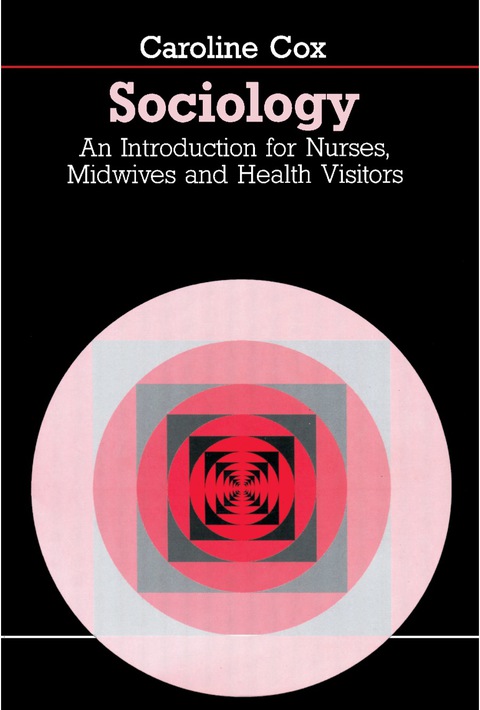Description
Efnisyfirlit
- Sociology: An introduction for nurses,midwives and health visitors
- Copyright Page
- Preface
- Table of Contents
- Part I: Introducing sociology
- Chaapter 1 The relevance of sociology
- 1.1 Why sociology?
- 1.2 What is sociology?
- 1.3 Issues and problems in sociology
- Part II: Introducing health care
- Chaapter 2. Health care from the classical era to the present day
- 2.1 Origins in Ancient Greece and Rome
- 2.2 Developments in anatomy, physiology and public health in RenaissanceEurope
- 2.3 Major developments in the eighteenth and nineteenth centuries
- 2.4 Major developments in the nineteenth century
- 2.5 Twentieth century developments in medical knowledge and healthcare
- 2.6 Current issues in health care
- Part III: Using sociology: understanding society
- Chaapter 3. Population structure and change
- 3.1 World population
- 3.2 Population theory of Malthus
- 3.3 The population in England and Wales
- Chaapter 4. Family and kinship
- 4.1 The family in a changing society
- 4.2 The family’s changing structure
- 4.3 The future of the family
- Chaapter 5. Social class and social stratification
- 5.1 Concepts and theories
- 5.2 Developments in Britain in the twentieth century
- 5.3 Developments in socialist societies
- 5.4 Social class, stratification and ideology
- 5.5 Social class and health
- Chaapter 6. Education
- 6.1 What is education?
- 6.2 A brief historical overview
- 6.3 Social class and educational achievement
- 6.4 Educational policy: equality of opportunity and equality of outcome
- 6.5 School and society
- 6.6 Educational selection within schools
- 6.7 Philosophical and political dilemmas
- Chaapter 7. Religion and secularization
- 7.1 Marx and Weber’s views of religion
- 7.2 Religion in contemporary society
- 7.3 Religion and total patient care
- Part IV: Sociology applied to health care
- Chaapter 8. The provision of health care
- 8.1 Relationship between health care and health need
- 8.2 Sociological studies of the professions
- 8.3 Preparation for professional practice
- Chaapter 9. The experience of being a patient
- 9.1 Interpersonal relationships between patients and professionals
- 9.2 Pressures on staff
- 9.3 Pressures on patients
- 9.4 The importance of communication
- 9.5 Subjective views of patients
- Chaapter 10. Sociological aspects of the care of the mentally ill
- 10.1 Challenges to the concept of mental illness
- 10.2 The anti-psychiatry approach: contributions and criticisms
- 10.3 Social factors in the causation of mental illness
- 10.4 The social experience of being a patient
- 10.5 Rehabilitation of ex-psychiatric patients
- 10.6 Allegations of the over-use and abuse of psychiatry
- Chaapter 11. Sociological aspects of the care of the chronic sick
- 11.1 The characteristics of chronic illness
- 11.2 Care of the chronic sick in institutions
- 11.3 Care of the chronic sick in the community
- 11.4 Chronic illness and the quality of life
- 11.5 Positive goals of care
- Chaapter 12. Sociological aspects of the care of the elderly
- 12.1 Who are the elderly?
- 12.2 Where do the elderly live?
- 12.3 Theories of ageing
- 12.4 Institutional care of the elderly
- 12.5 Types of institutional care
- Chaapter 13. Sociological aspects of the care of the dying
- 13.1 Death in modern society
- 13.2 Patterns of death
- 13.3 Kübler-Ross: the stages of dying
- 13.4 Communication with the dying patient and his family
- 13.5 The place of death
- 13.6 Care of the bereaved
- 13.7 Education for the care of the dying
- Part V: Conclusion
- Chaapter 14. Nursing and sociology: the need for critical collaboration
- 14.1 The sociological contribution: a review
- 14.2 Current issues and problems in sociology
- 14.3 A forward look
- Index






Reviews
There are no reviews yet.